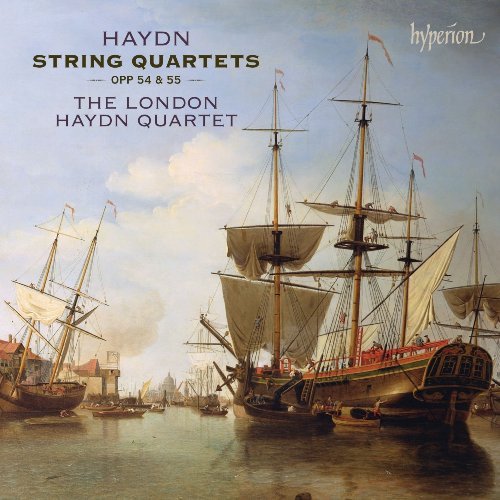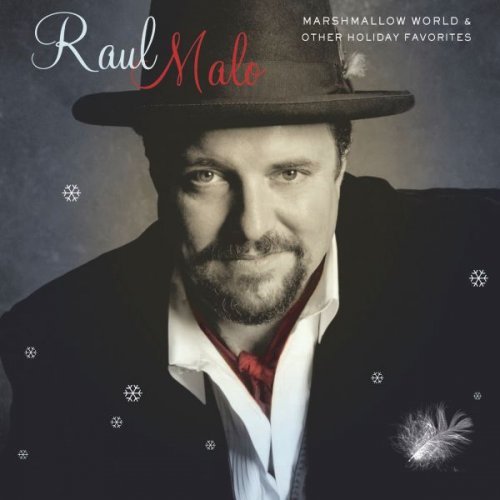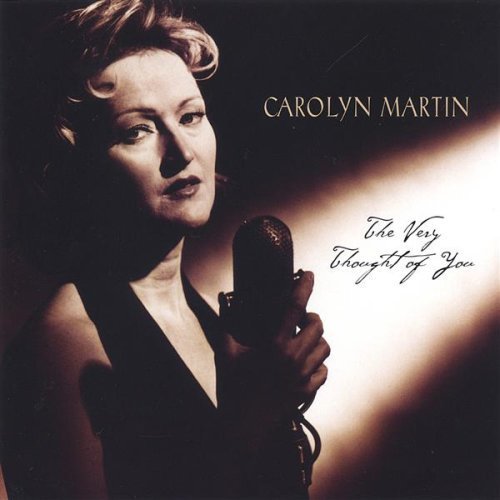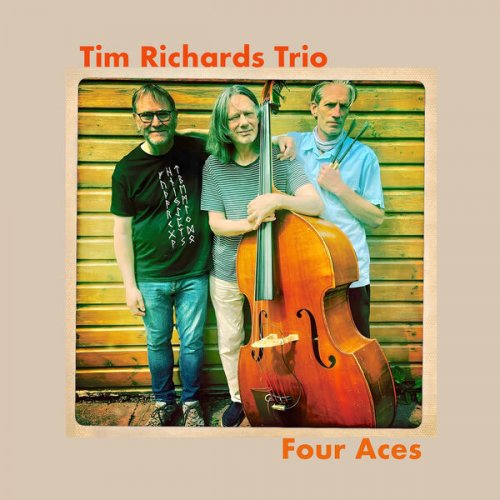The London Haydn Quartet - Haydn: String Quartets Opp 54 & 55 (2017)

Artist: The London Haydn Quartet
Title: Haydn: String Quartets Opp 54 & 55
Year Of Release: 2017
Label: Hyperion
Genre: Classical
Quality: FLAC (image + .cue, log, artwork)
Total Time: 02:33:16
Total Size: 749 MB
WebSite: Album Preview
Tracklist:Title: Haydn: String Quartets Opp 54 & 55
Year Of Release: 2017
Label: Hyperion
Genre: Classical
Quality: FLAC (image + .cue, log, artwork)
Total Time: 02:33:16
Total Size: 749 MB
WebSite: Album Preview
CD 1
String Quartet in G major, Op.54 No.1
I. Vivace Assai
II. Andante O Più Tosto Allegretto
III. Menuetto
IV. Vivace
String Quartet in C major, Op.54 No.2
I. Vivace
II. Adagio
III. Menuetto: Allegretto
IV. Adagio - Presto - Adagio
String Quartet in E major, Op.54 No.3
I. Allegro
II. Largo Cantabile
III. Menuetto: Allegretto
IV. Presto
CD 2
String Quartet in A major, Op.55 No.1
I. Allegro
II. Adagio Cantabile
III. Menuetto
IV. Vivace
String Quartet in F minor, Op.55 No.2 'Razor'
I. Andante Più Tosto Allegretto
II. Allegro
III. Menuetto: Allegretto
IV. Presto
String Quartet in B flat major, Op.55 No.3
I. Vivace Assai
II. Adagio Ma Non Troppo
III. Menuetto
IV. Presto
The London Haydn Quartet's historically oriented cycle of Haydn string quartets on Hyperion has gained adherents as it has proceeded, and indeed their edgy, low-vibrato sound produces positive results here. The Op. 54 and Op. 55 string quartets, published in several countries as Haydn became an international star (a 1789 London edition is played here), are a mix of brilliance and, especially in the slow movements, harmonic invention that pointed straight toward Beethoven. The first violin parts, full of sparkle and flash, fare well under the fingers of violinist Catherine Manson, even if the bright, overly intimate acoustic distracts from the music. And the Londoners catch the feeling of harmonic discovery in this music. Sample the slow movement of the opening String Quartet in G major, Op. 54, No. 1, which begins in an absolutely uneventful manner harmonically, but then, about two minutes in, veers into the third relationships that would become so important in the last part of Haydn's career and beyond. There's a feeling of real miraculous discovery here. Beyond the acoustically unsympathetic treatment of the instruments, the negatives include a certain humorlessness in the minuets, never a good thing with Haydn, and an overall flatness of affect. But this is one of the stronger entries in the group's Haydn series, and one in which the music meets the musicians effectively. -- James Manheim
Related Releases:
![Wadada Leo Smith - Divine Love (1979/2025) [Hi-Res] Wadada Leo Smith - Divine Love (1979/2025) [Hi-Res]](https://www.dibpic.com/uploads/posts/2025-12/1765802240_cover.jpg)
![Tomasz Stańko - Zamek mgieł (Polish Radio Sessions vol. 3/6) (2025) [Hi-Res] Tomasz Stańko - Zamek mgieł (Polish Radio Sessions vol. 3/6) (2025) [Hi-Res]](https://www.dibpic.com/uploads/posts/2025-12/1765795906_cover.jpg)



![Club Bolero, Armik - A Day in Brazil (2007) [Hi-Res] Club Bolero, Armik - A Day in Brazil (2007) [Hi-Res]](https://img.israbox.com/img/2025-12/15/5l607nskcv4xb0n237d8ngs7q.jpg)


![Tomasz Stanko - Unit (Polish Radio Sessions vol. 2/6) (2025) [Hi-Res] Tomasz Stanko - Unit (Polish Radio Sessions vol. 2/6) (2025) [Hi-Res]](https://www.dibpic.com/uploads/posts/2025-12/1765796826_cover.jpg)